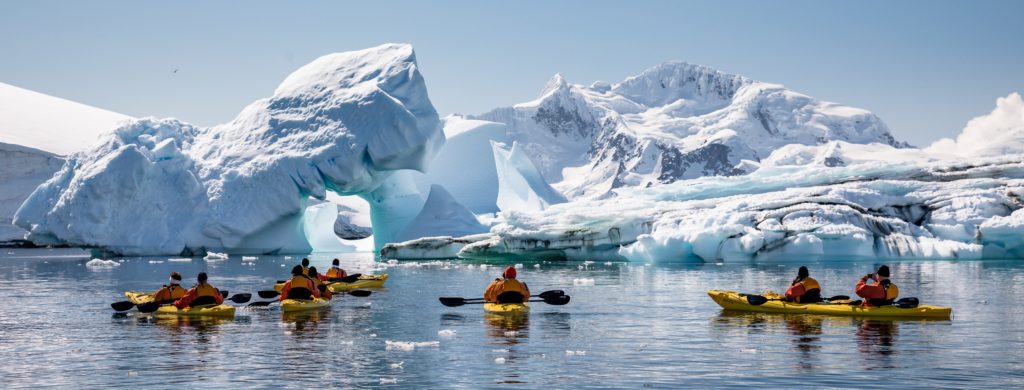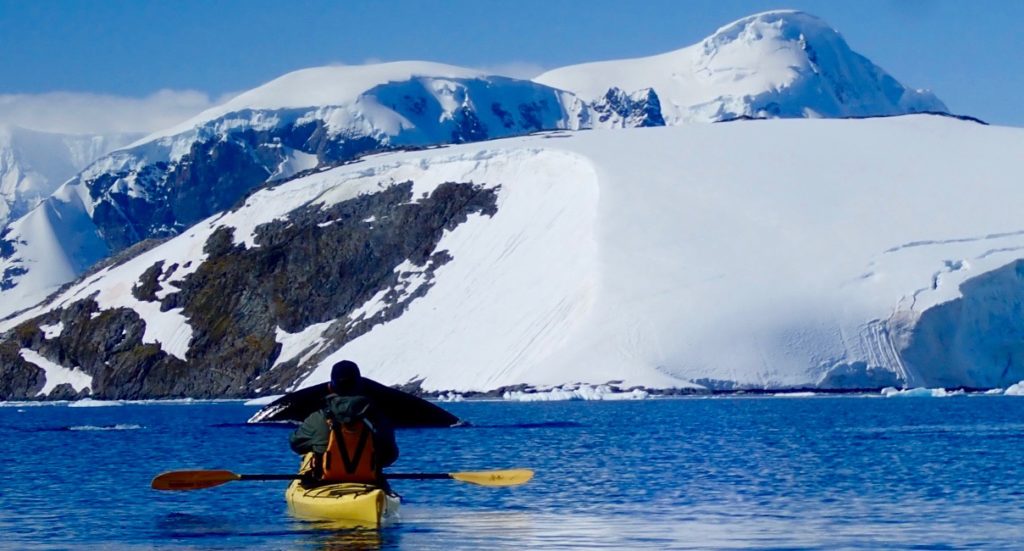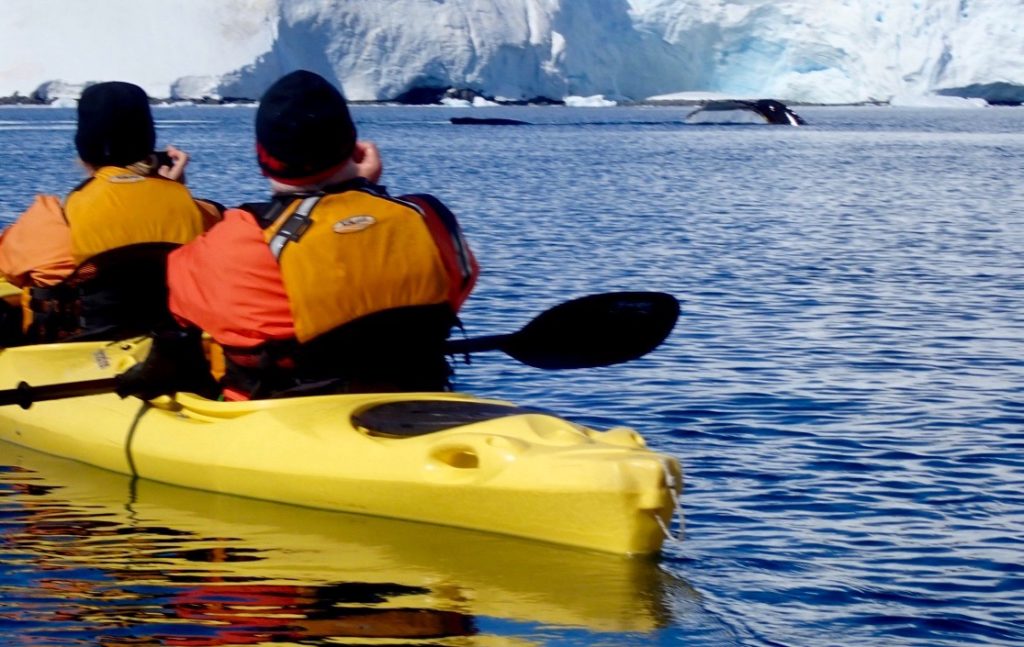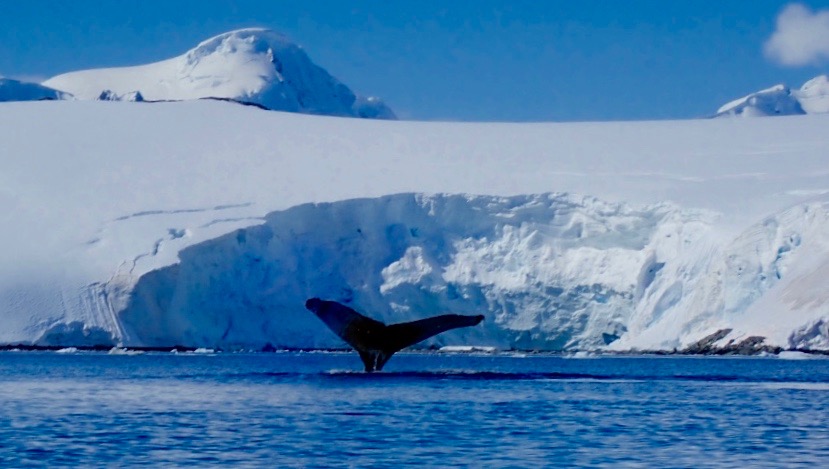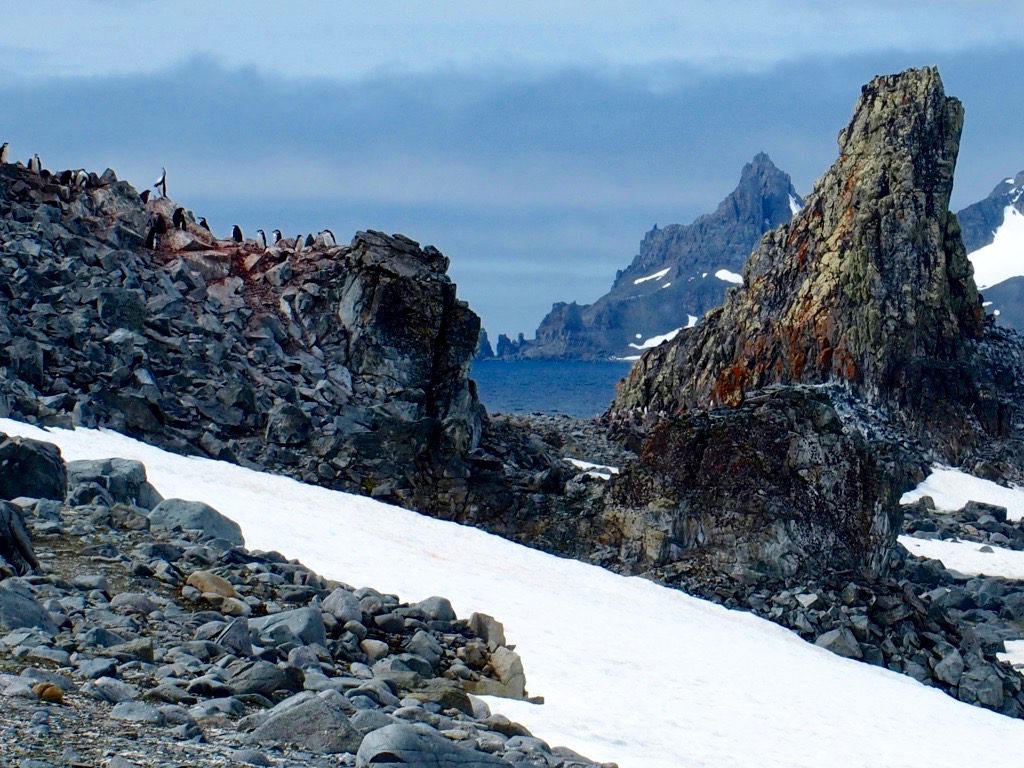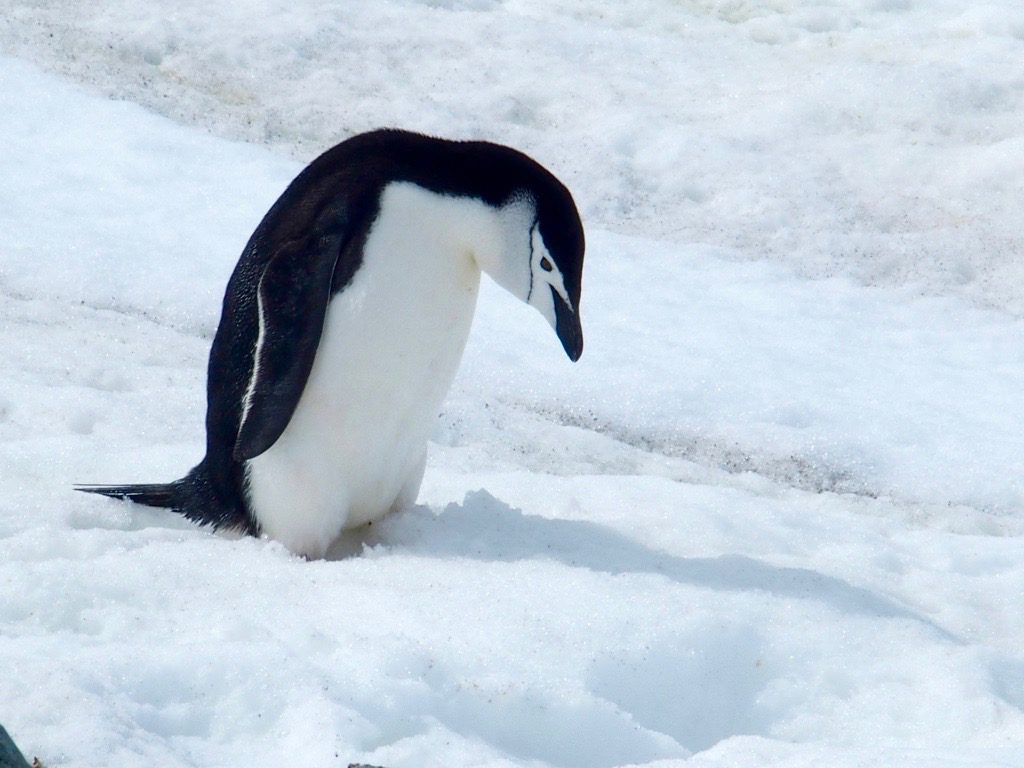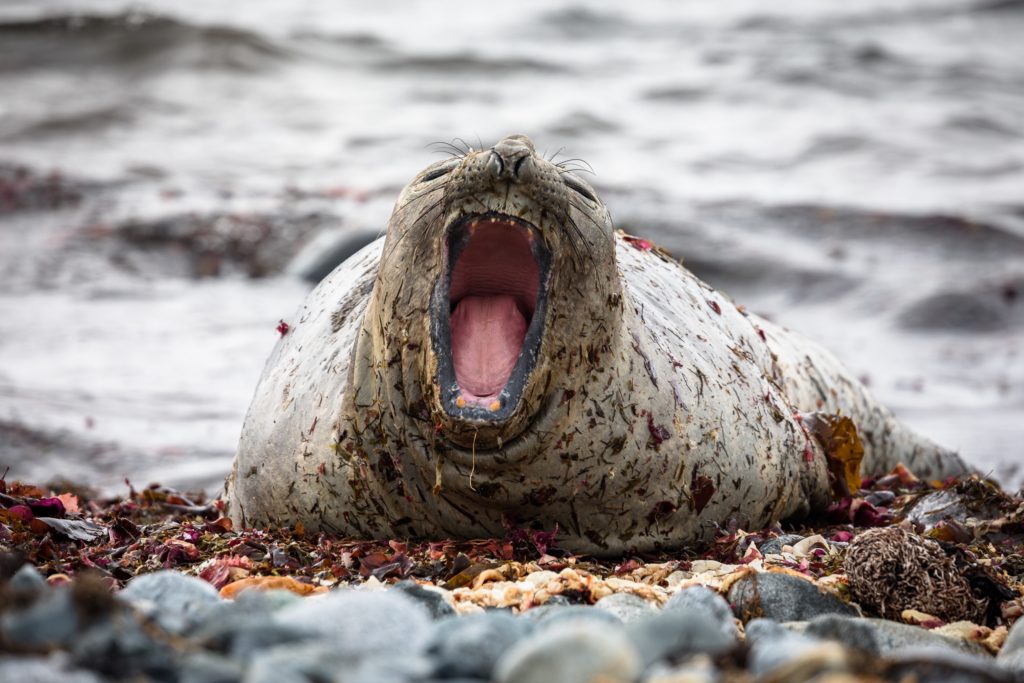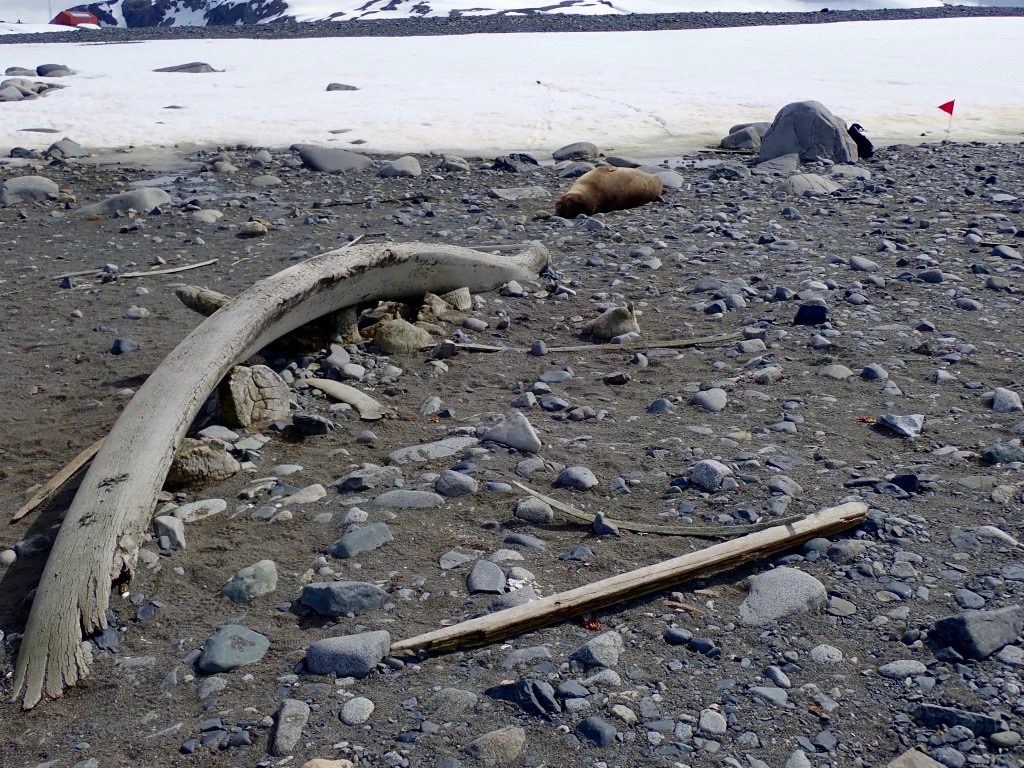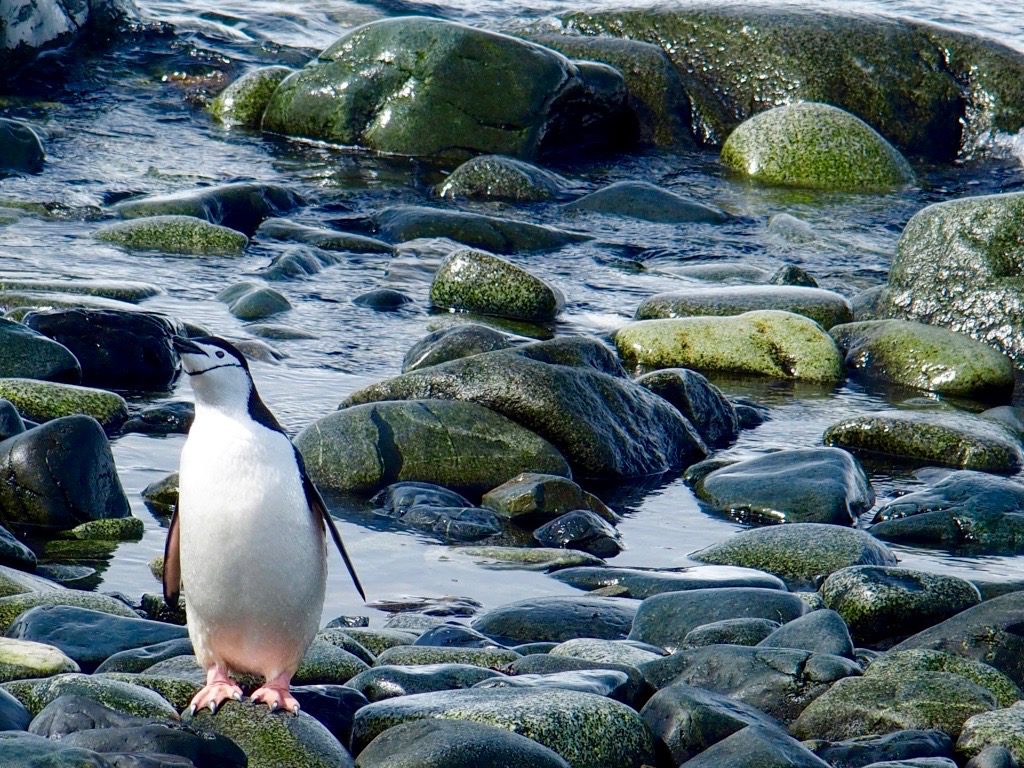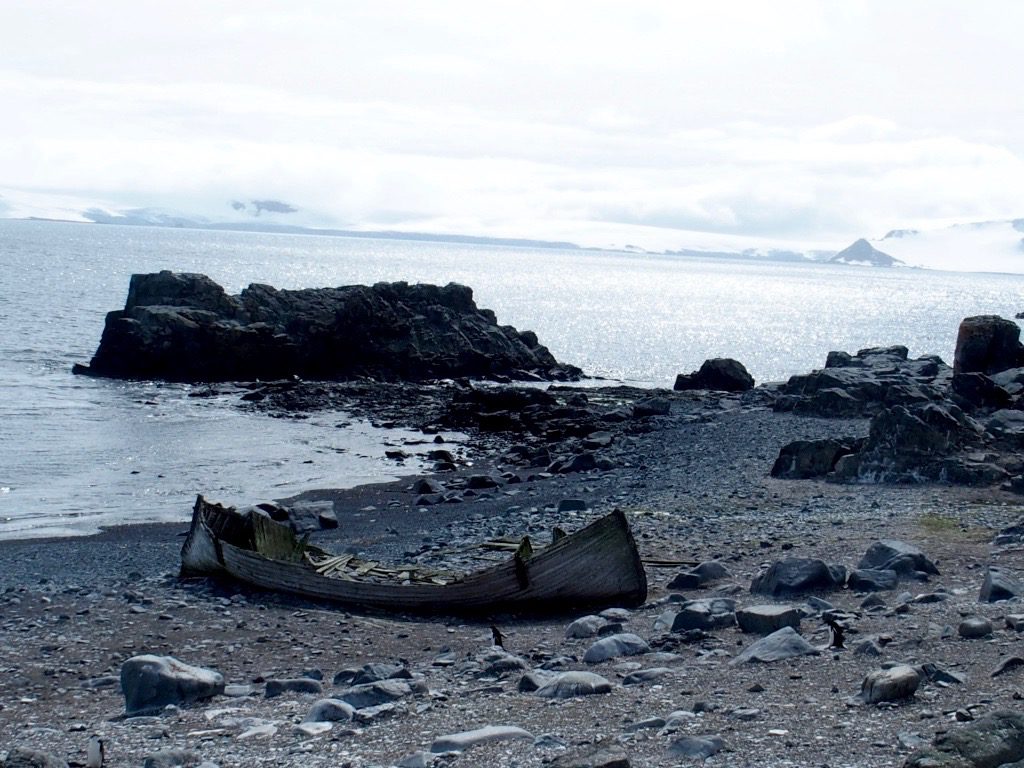Month: February 2019
Lemaire and Nuemayer Channels, Antarctica
Lemaire Channel has steep cliffs that hem in this iceberg-filled passage, which is only 7 miles long (11km) and only 1,600 meters wide. The surrounding formations also serve to protect the water, so much so, that it appears to be as still and tranquil as a lake.
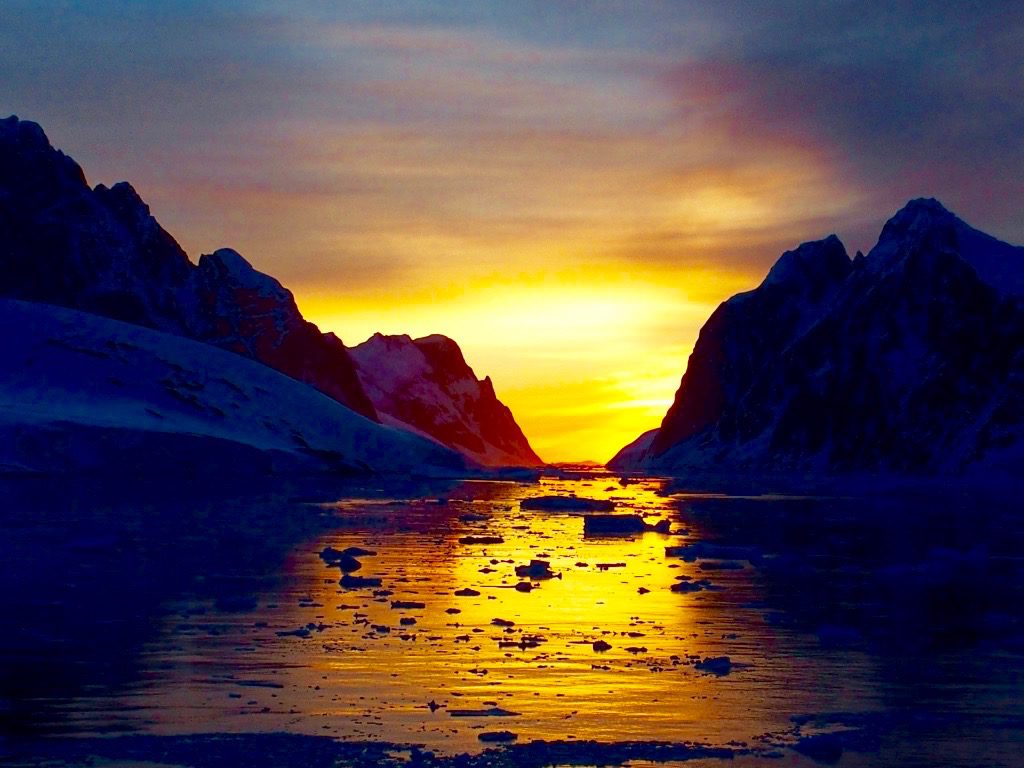
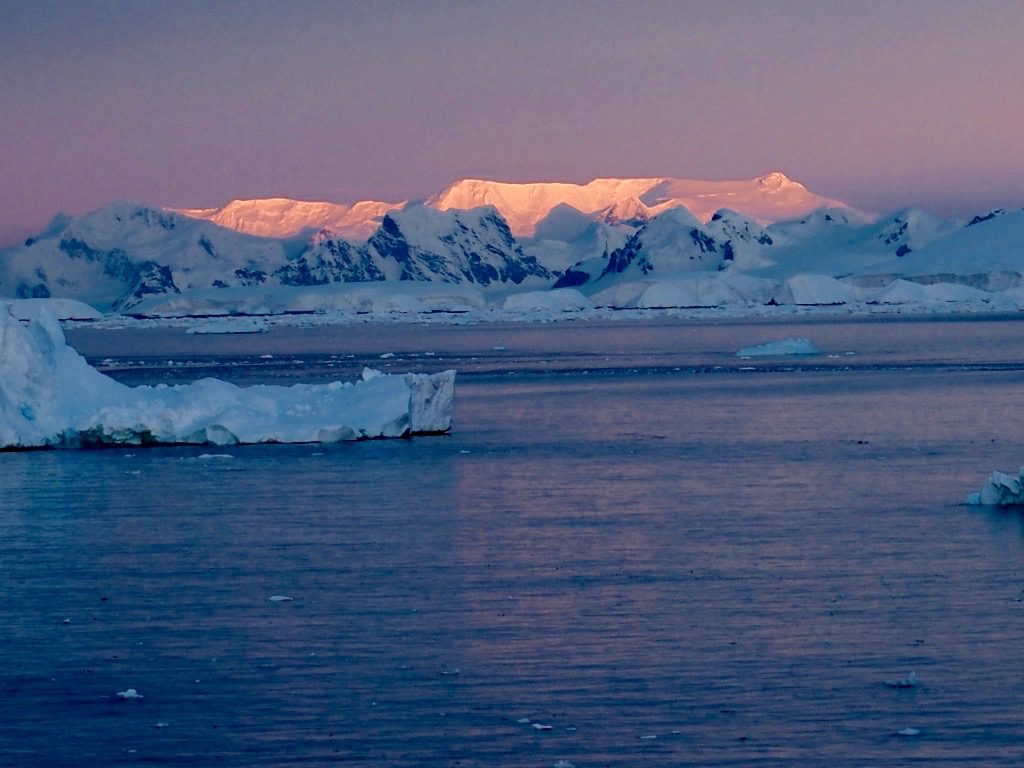
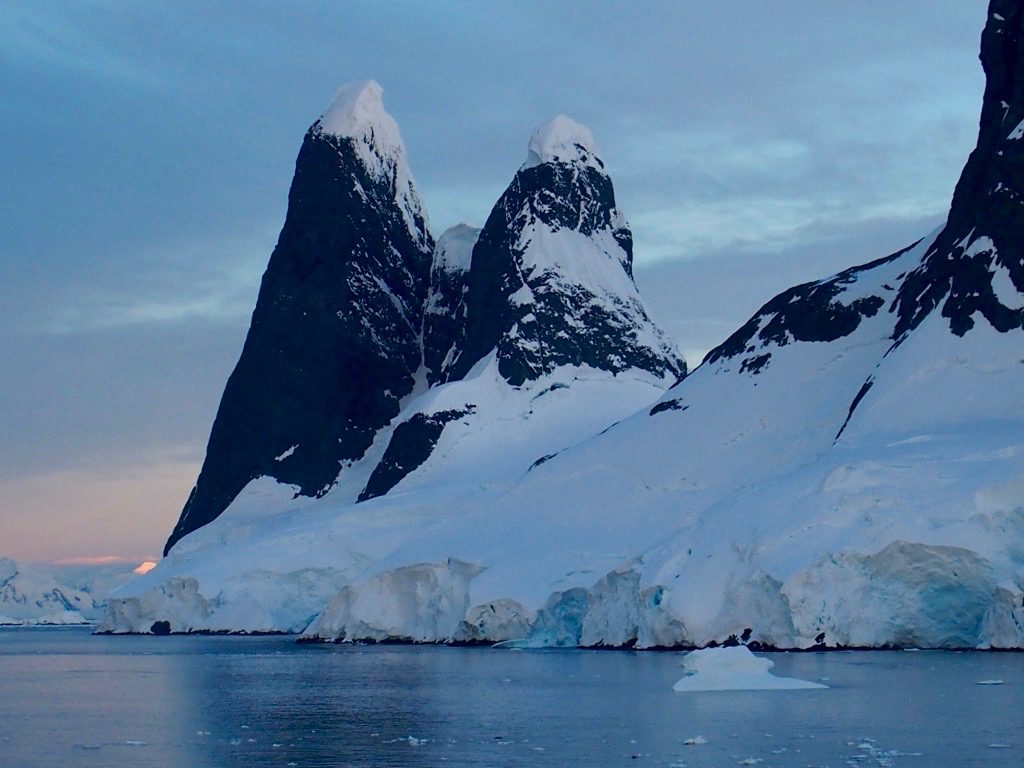
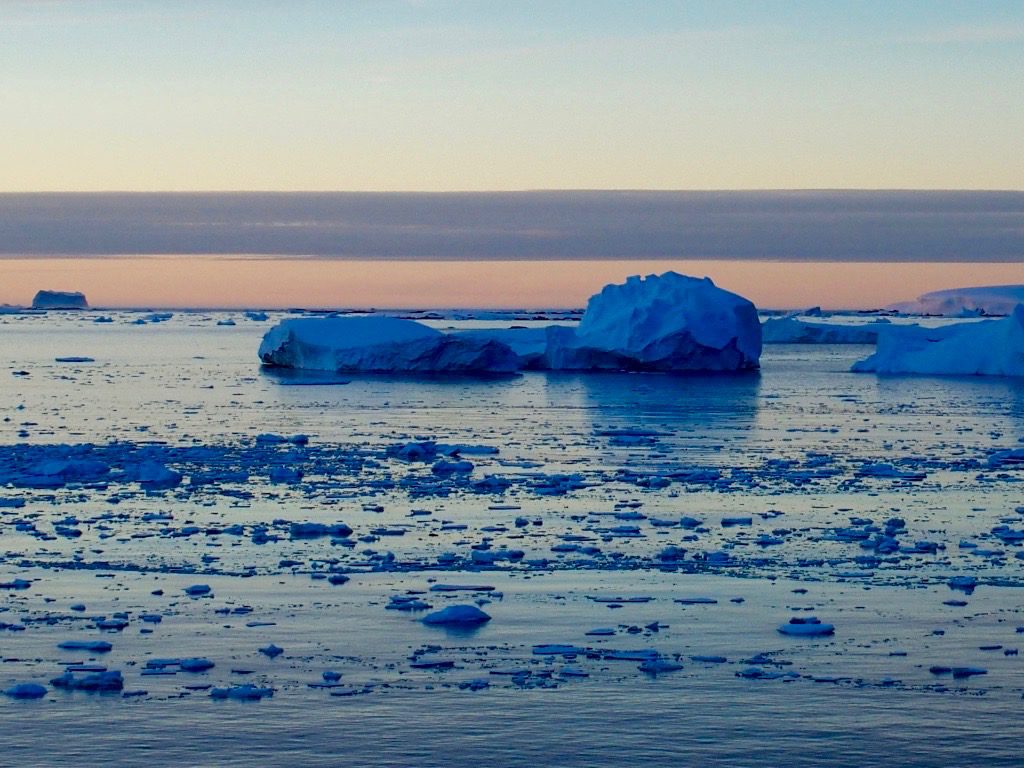
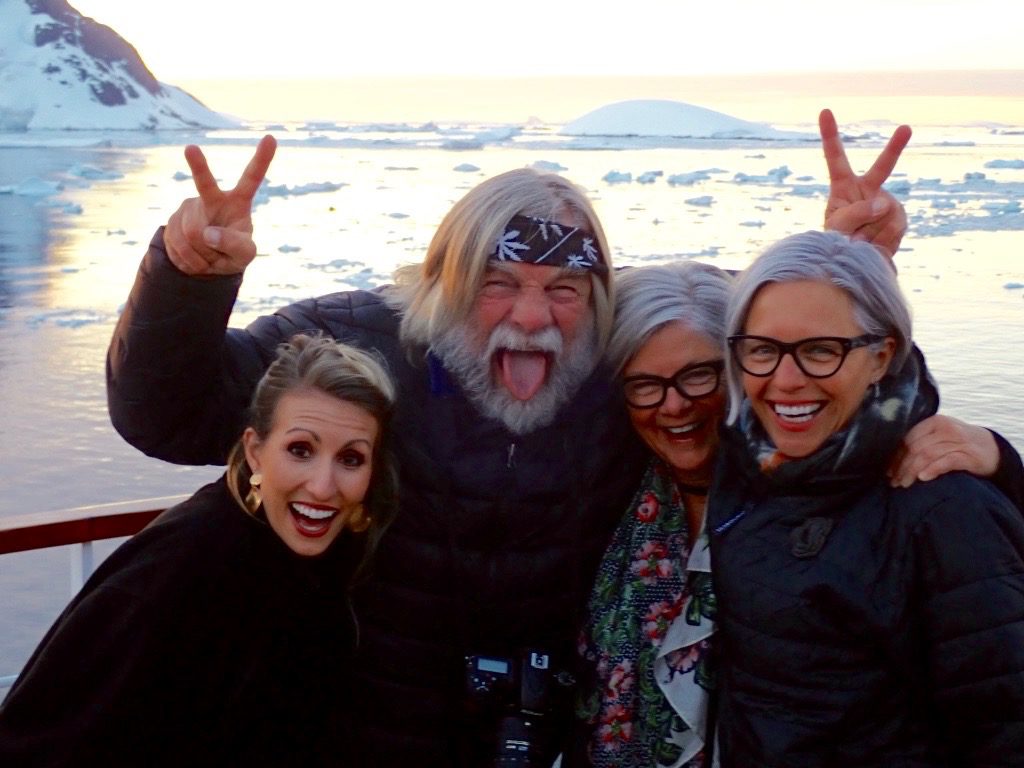
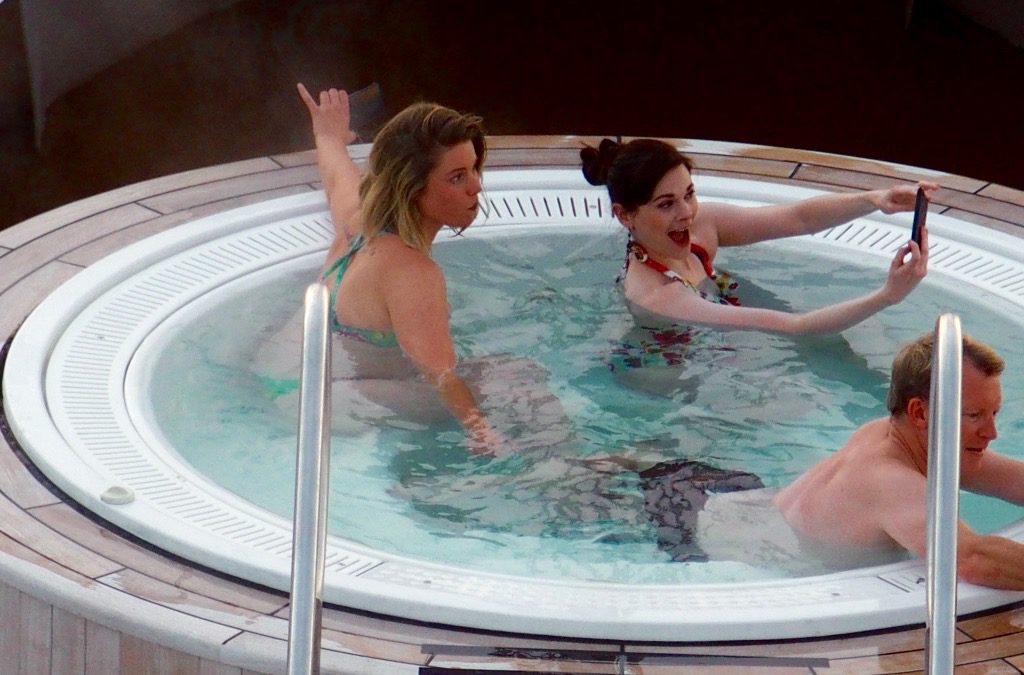
The following day we are on to the Neumayer Channel. These channels were about a one day sail apart from each other and almost as different as could be. No more clear skies, a lot more wind, as well as an uncountable amount of sailing hazards in the form of rock outcroppings, underwater rock spires, and icebergs.
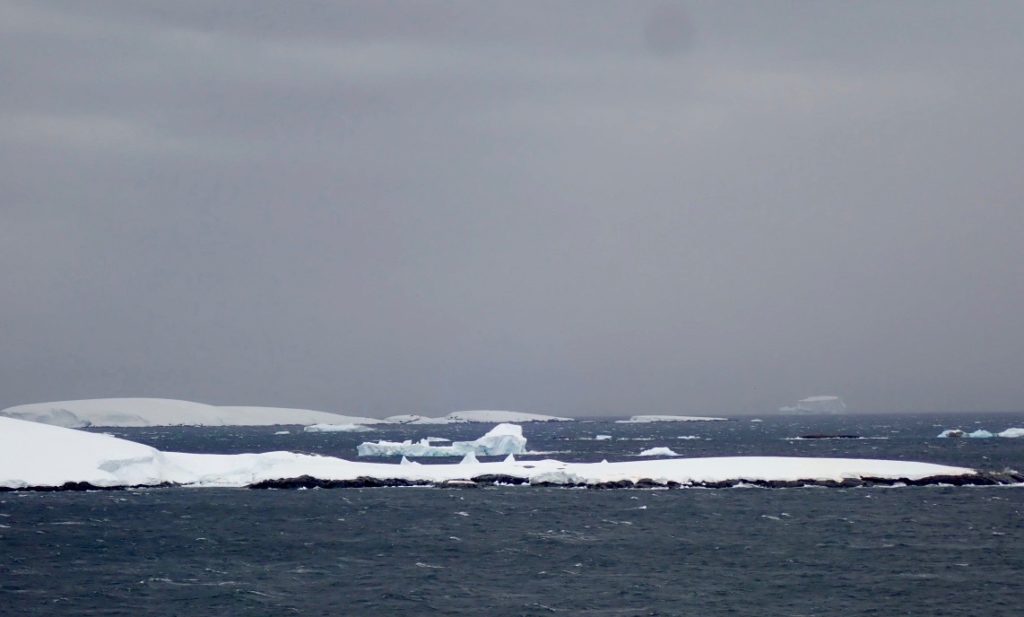
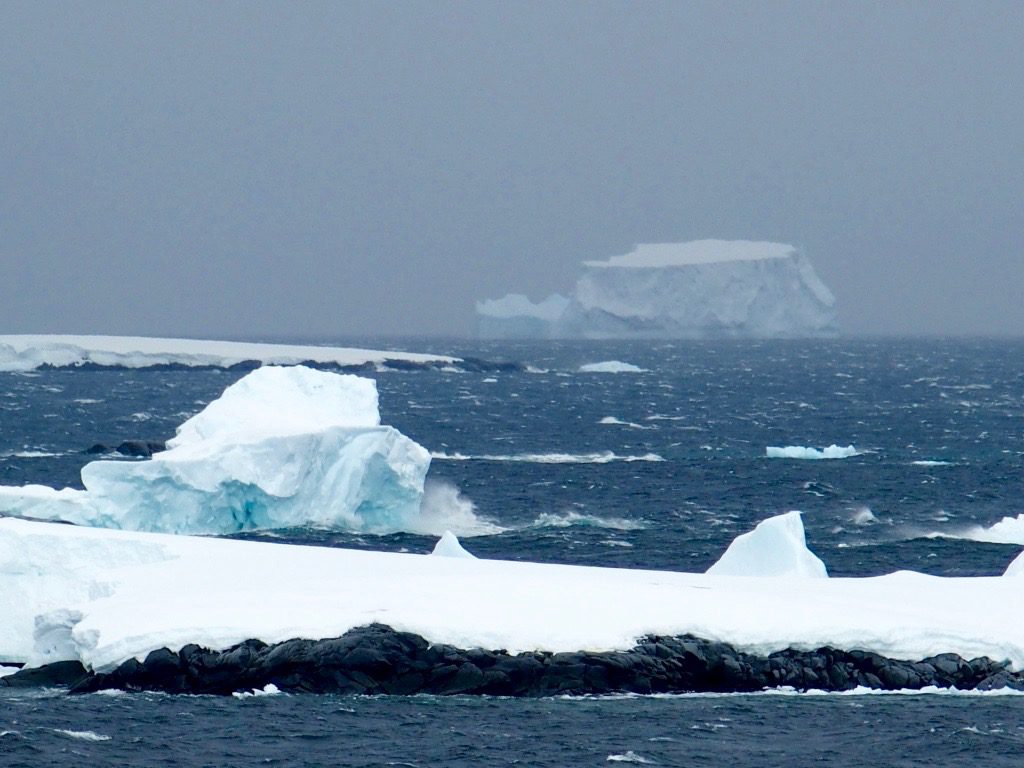

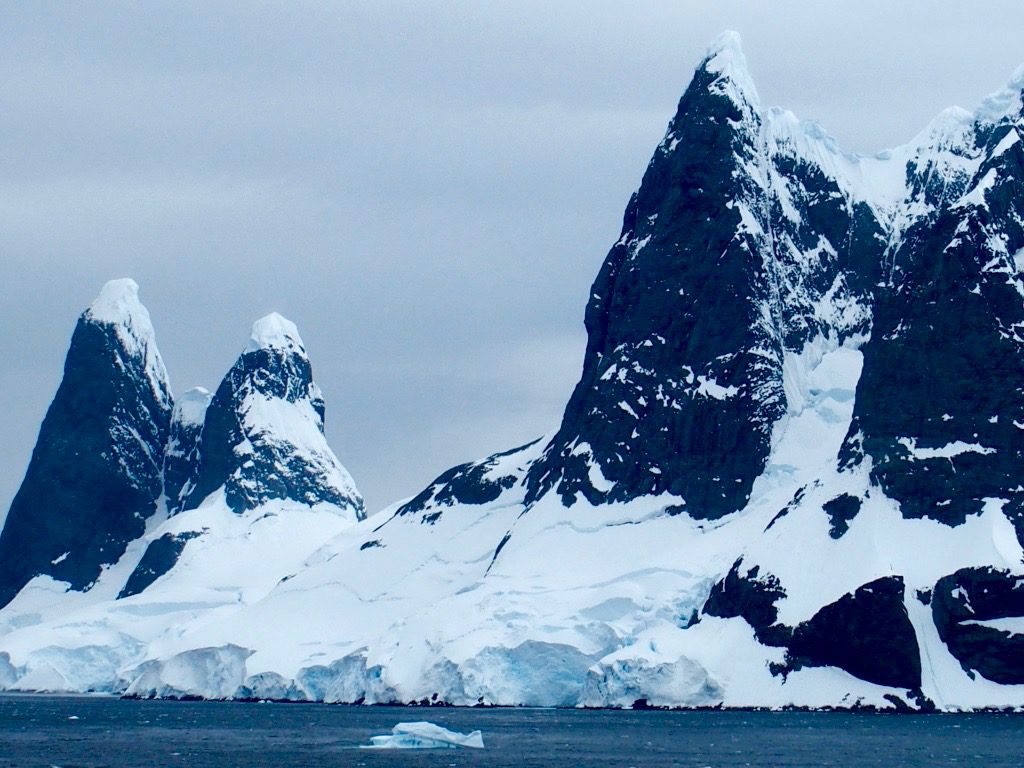
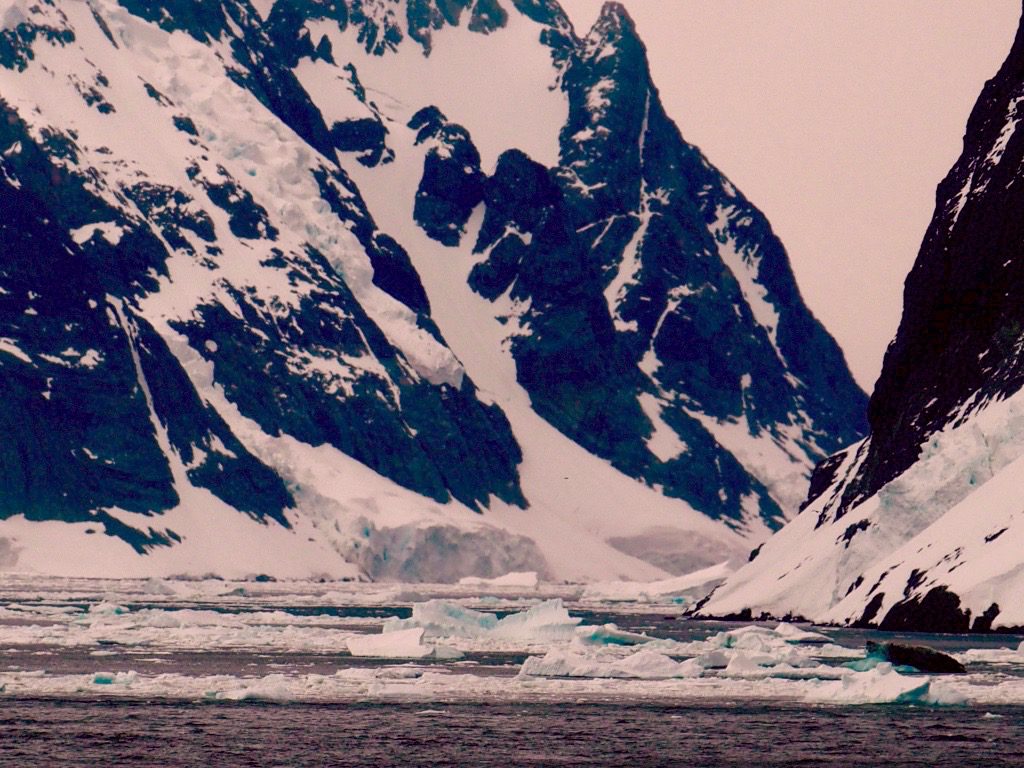
“Polar Plunge,” somewhere near the Antarctic Circle
Sea days aboard the Seabourn Quest are truly relaxing. After 15 or so days into this voyage I have grown to relish the days which occur between stops at either ports or landings by zodiac. They are referred to “sea days” because no one leaves the ship. On these days there is no schedule, and yet a plethora of things exist to do. A good many memorable experiences happen on sea days. Some of these activities involve some day drinking (as in alcohol), but none more so than Seabourn’s version of the “polar plunge.” Also a memorable event.
Let me set the stage for this event which is depicted in the images below. First, the pool is drained of the normally warm (86 degree F) water. Second, frigid water is pumped from the sea to fill the pool. In this case it is Antarctic sea water. The water temperature of the freshly filled pool is now 35 degrees F, or 2 degrees C. The skies were cloudy with a light flurry of snow. The air temperature was 30 degrees F, and the drinks were flowing, especially the vodka shots.
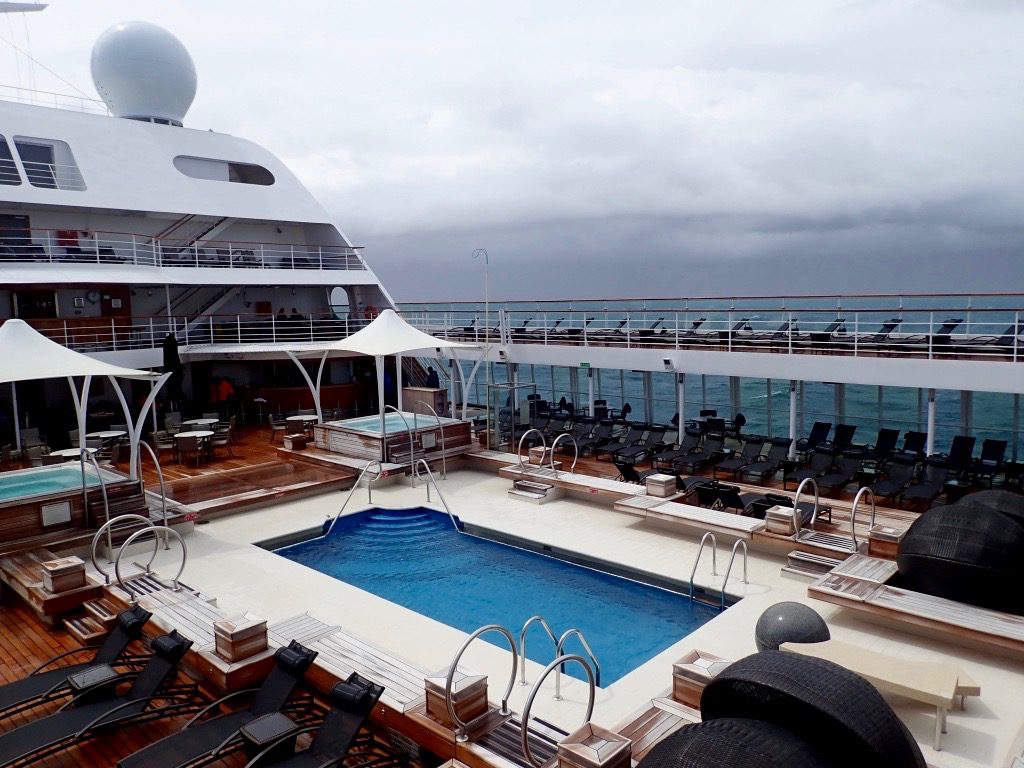
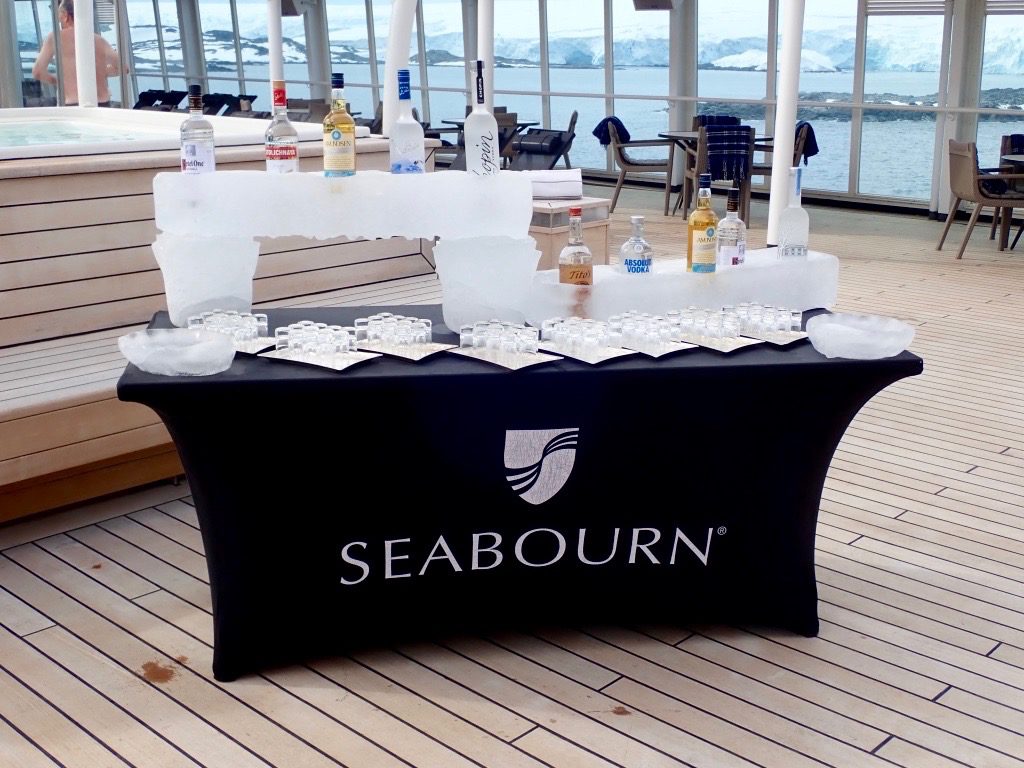
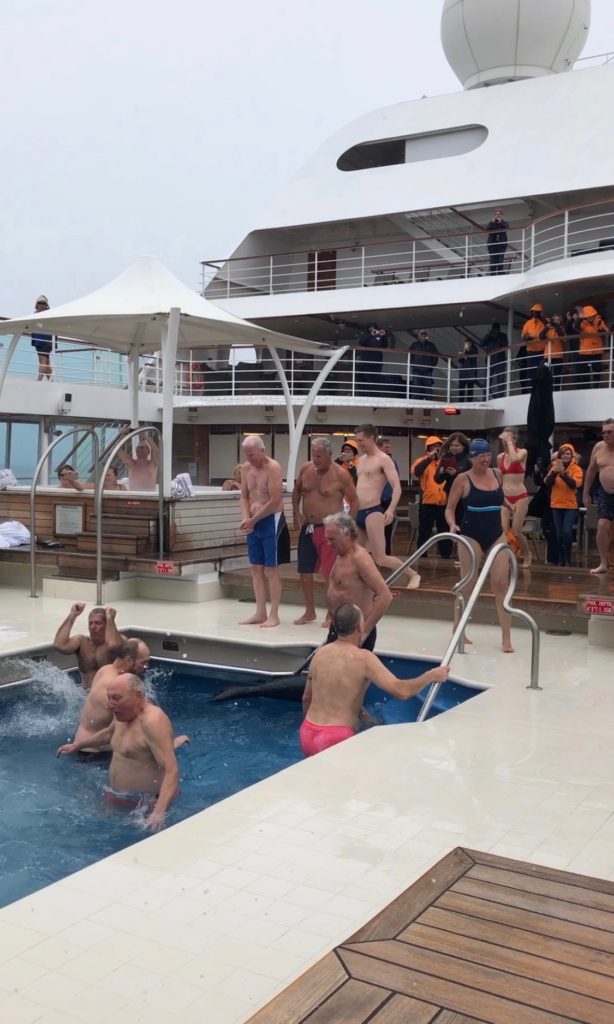
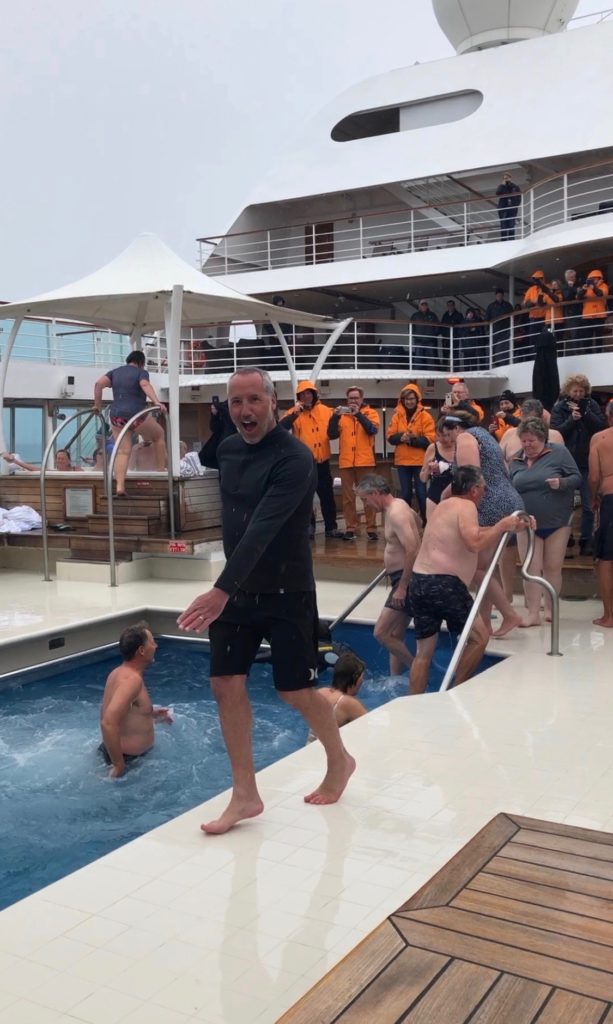
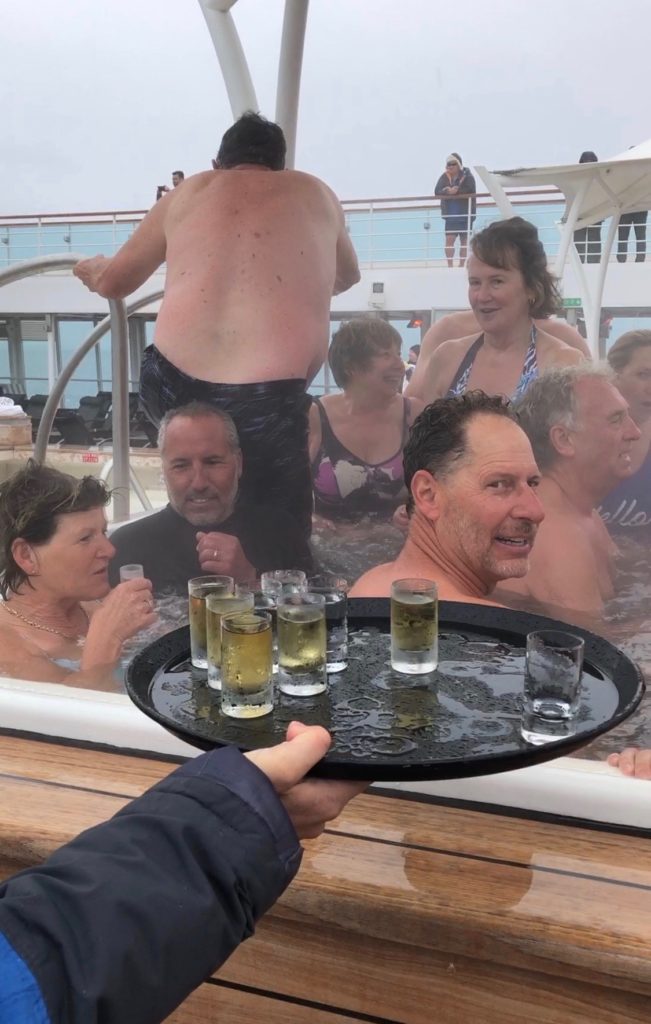
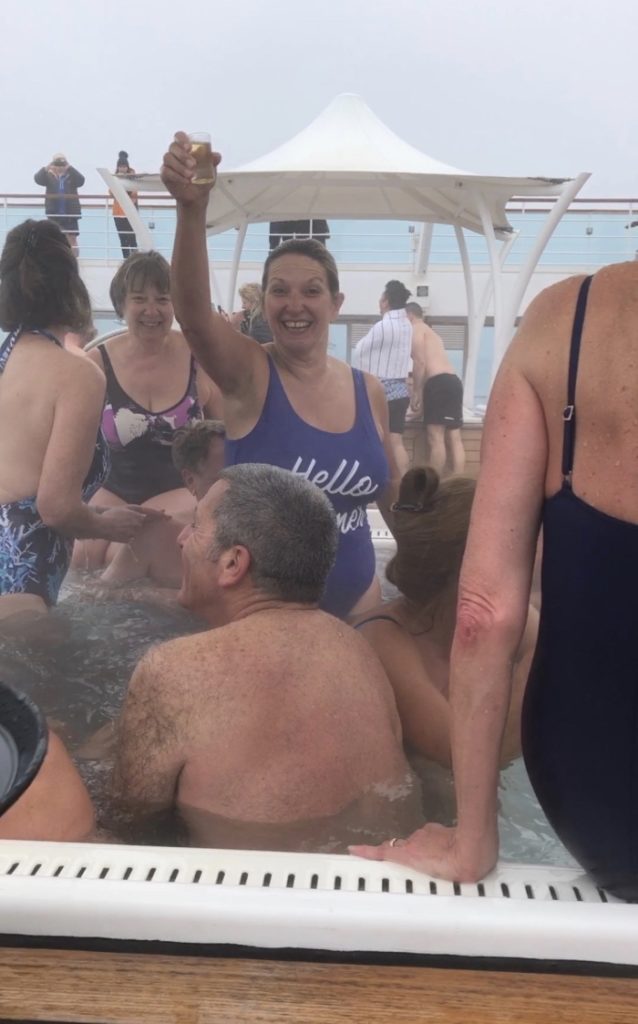
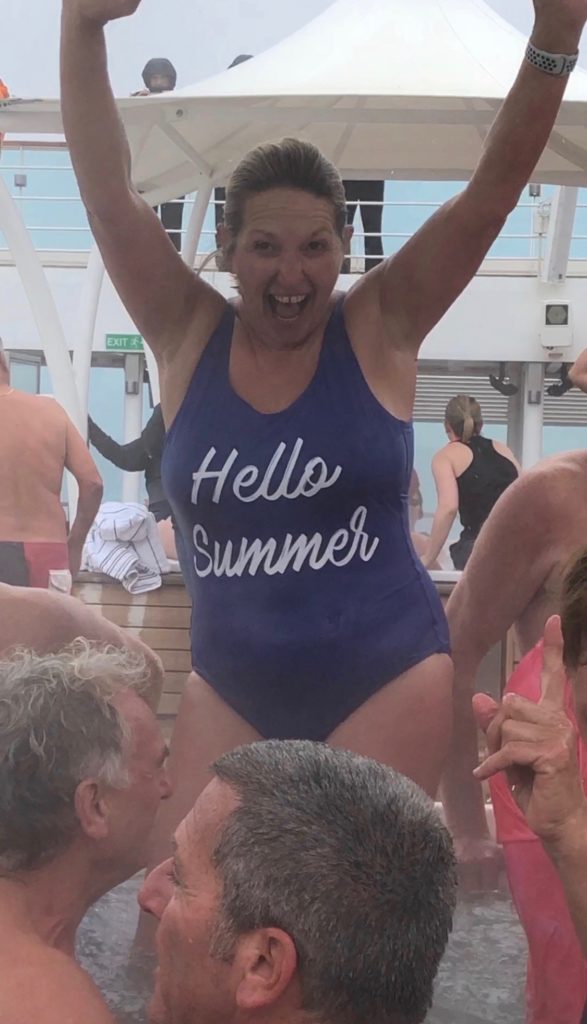
Paradise Bay, Antarctic Peninsula
Paradise Bay, also know as Paradise Harbor is a wide embayment behind the Lemaire and Bryde Islands in Antarctica. We were here on a particularly awesome weather day. The skies were almost cloudless, the air temperature a very comfortable 30 degrees F (-1 degree C), and the winds calm. This was just a great day for kayaking, whale watching and a bit of exploring. After taking in some impressive whale watching, we made our way to an island playing host to the chinstrap penguins, as well as elephant seals and other animal life.
